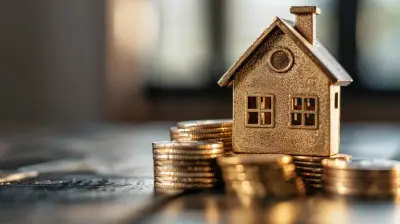The Impact of Interest Rates on House Flipping Investments
16 August 2025
House flipping can be an exciting and highly profitable venture—when done right. You buy a distressed property, renovate it, and sell it for a hefty profit. Sounds simple, right? Not so fast! An often-overlooked but critical factor in flipping success is interest rates. These rates dictate borrowing costs, affect demand, and ultimately shape the entire flipping landscape.
If you’ve ever wondered how interest rates influence house flipping, buckle up because we’re about to break it down in plain English. 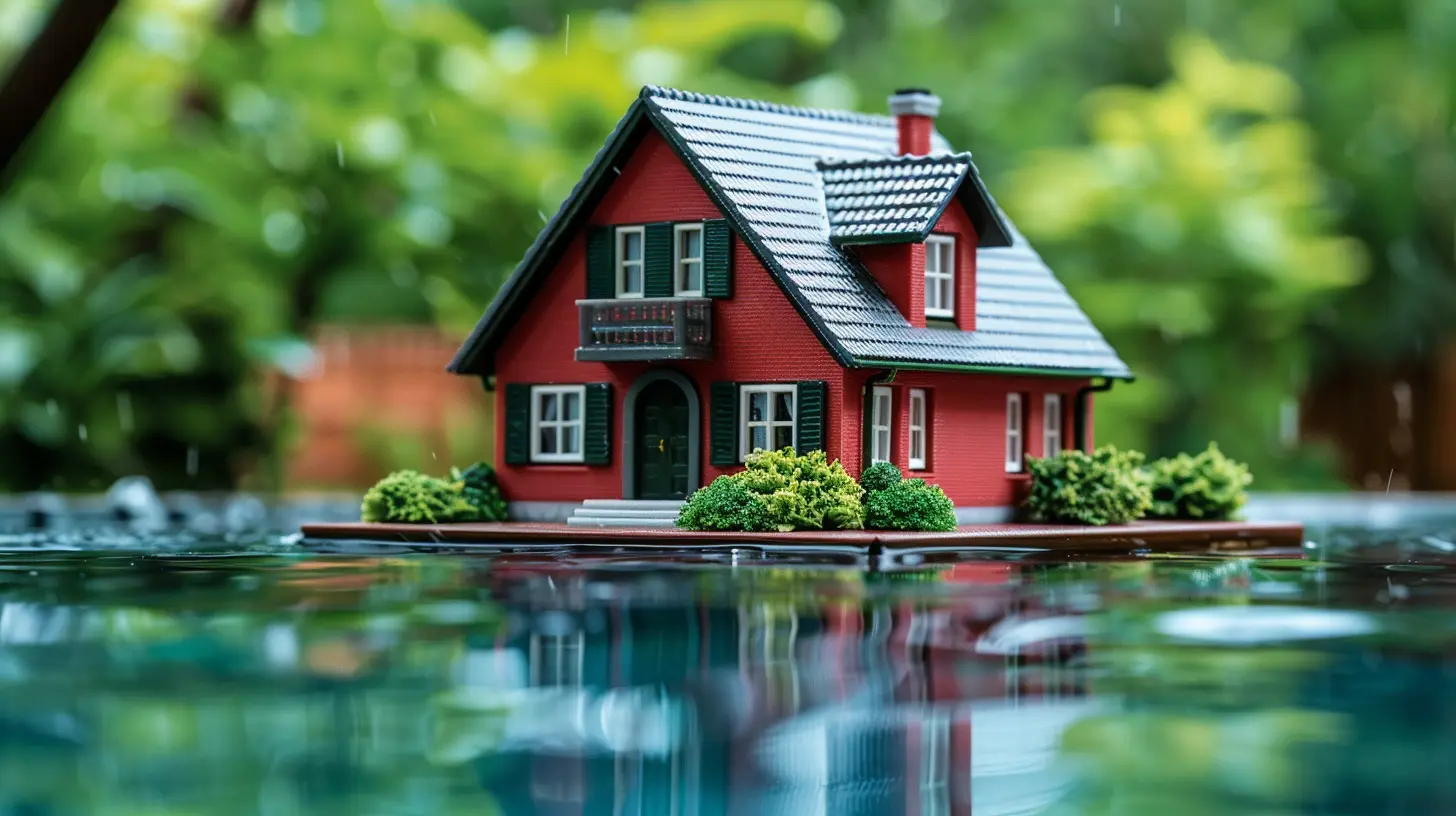
Why Interest Rates Matter in House Flipping
Let’s get one thing straight: most house flippers don’t pay cash for their investments. Instead, they rely on loans—often private or hard-money loans, which come with higher interest rates than traditional mortgages. When interest rates go up or down, they have a ripple effect on the entire flipping process, from acquisition to resale.Whether you’re a seasoned flipper or just dipping your toes into real estate investing, understanding this relationship can make or break your deals. 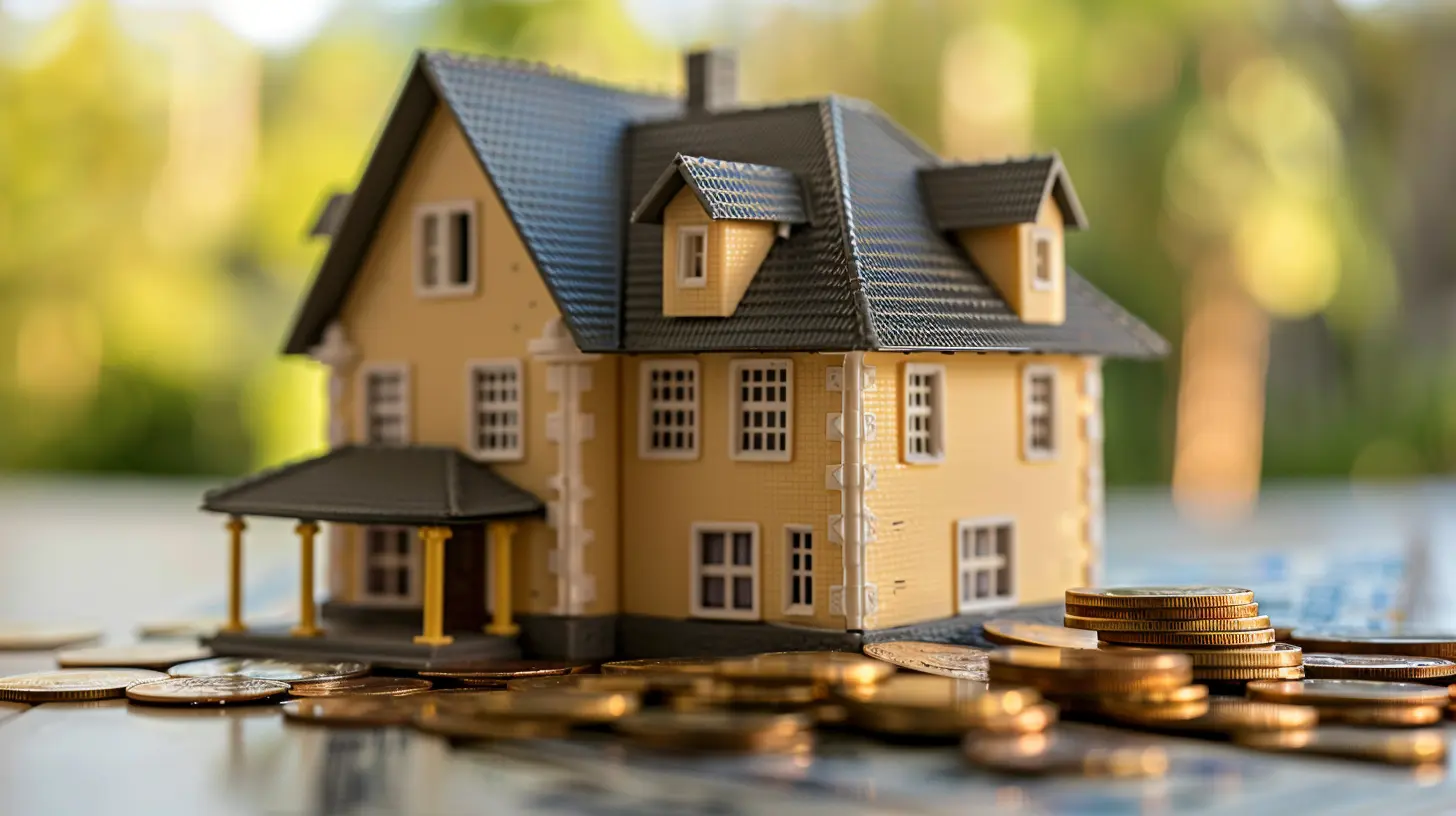
How Rising Interest Rates Impact House Flipping
1. Higher Borrowing Costs
When interest rates rise, borrowing money becomes more expensive. Let’s say last year you secured a $200,000 loan at 5% interest. This year, rates jump to 7%, which means you’re paying thousands more over the course of your loan. That extra cost eats into your profit margin, making it harder to justify a flip.Example:
- Loan Amount: $200,000- At 5% Interest: $10,000 per year in interest
- At 7% Interest: $14,000 per year in interest
That’s a $4,000 difference—money that could’ve gone toward renovations or marketing the property!
2. Slower Home Sales
When interest rates rise, buyers get cold feet. Higher mortgage rates mean their monthly payments go up, reducing affordability. If fewer buyers can qualify for loans, properties stay on the market longer, and you risk holding costs eating into your profits.3. Decreased Property Values
Rising rates don’t just impact buyers—they hurt sellers, too. With fewer buyers in the market, demand drops, and home prices may stagnate or even decline. If you bought at a high price expecting appreciation, you might get stuck selling for less than you anticipated.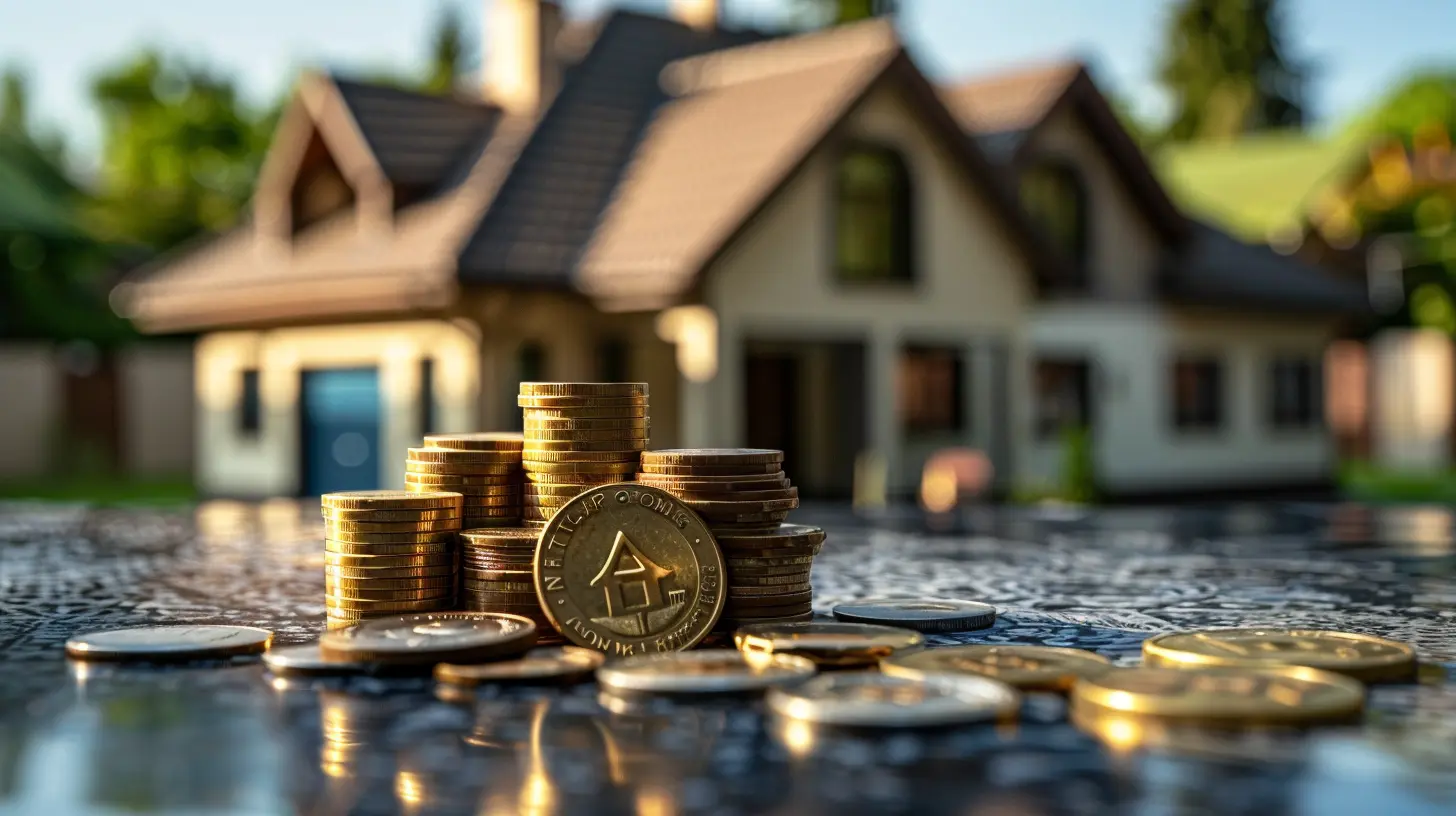
How Falling Interest Rates Benefit House Flipping
1. Cheaper Loans, Bigger Profits
When interest rates drop, flippers win big. Financing costs go down, meaning you can borrow more while keeping costs reasonable. That extra cash can go toward renovations, staging, or marketing—all of which help boost your final selling price.2. Stronger Buyer Demand
Lower interest rates mean homebuyers can afford higher mortgages, making your flipped property more attractive. You’ll likely see faster sales and even bidding wars, increasing your chances of turning a handsome profit.3. Appreciation Potential
In a low-rate environment, real estate often appreciates as more buyers flood the market. If you hold your flip for a few months, you may sell at a higher price simply due to rising market demand.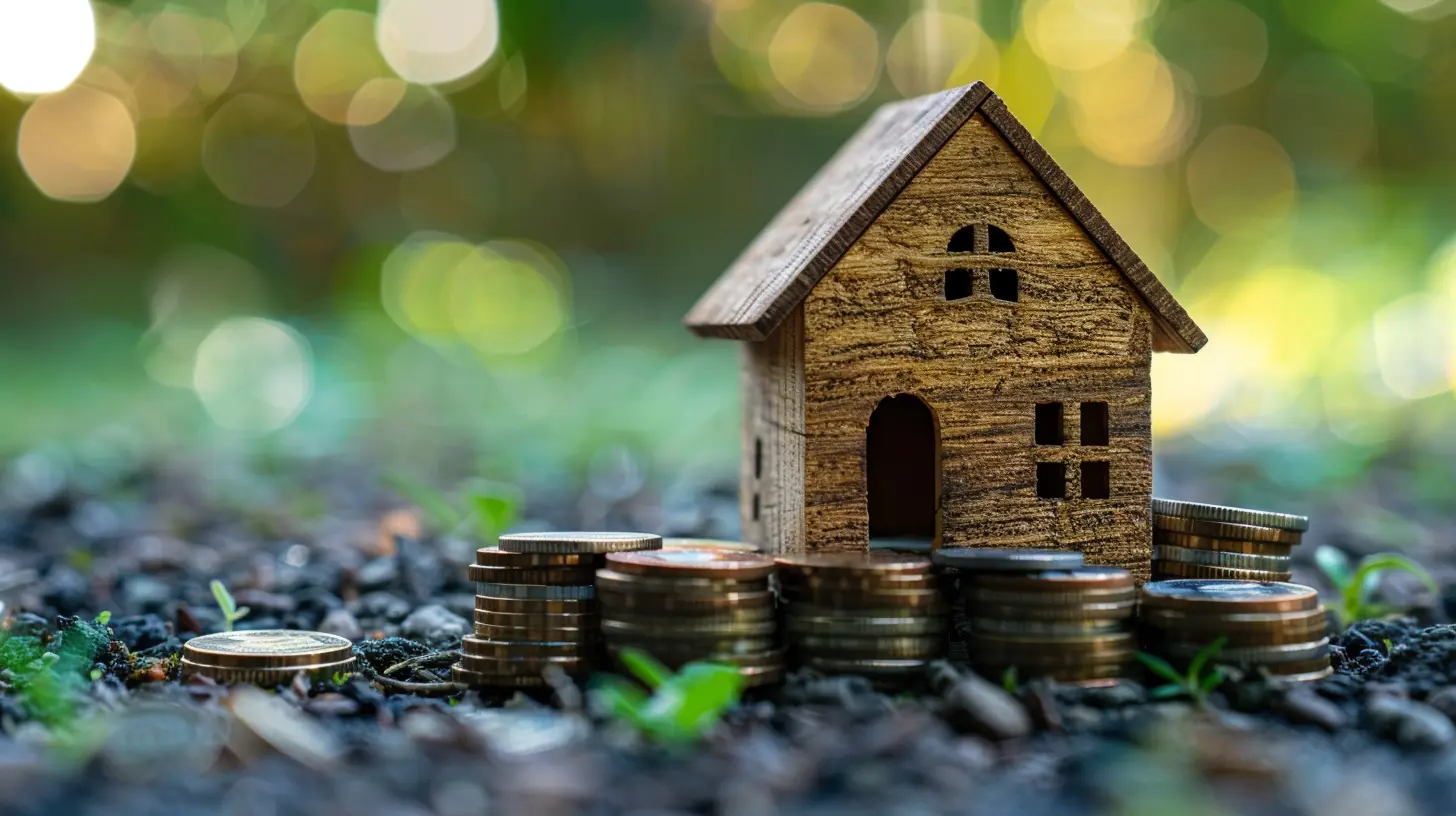
Strategies for Flipping in Different Interest Rate Environments
Interest rates are always moving, and smart flippers know how to adjust their game plan accordingly. Here are a few strategies to keep in your back pocket:Flipping in a High-Interest Rate Market
1. Negotiate Harder – With fewer buyers competing, sellers might be willing to accept lower prices.2. Shorten Holding Times – The longer you hold a property, the more expensive it gets. Aim for fast renovations and quick sales.
3. Consider Alternative Financing – Private lenders and creative financing (like seller financing) may be better options than traditional loans.
4. Add Value Wisely – Focus renovations on cost-effective upgrades that give the best return. Avoid over-improving.
Flipping in a Low-Interest Rate Market
1. Move Fast – When rates are low, demand surges. Get properties under contract before competition gets too fierce.2. Target First-Time Buyers – Many new buyers jump into the market when rates drop, so tailor your flips to their needs (think move-in ready homes).
3. Price for Competitive Bidding – Slightly underpricing a home in a hot market can lead to multiple offers and a higher final sale price.
The Role of Hard Money Loans in House Flipping
Since flippers often use hard money loans (short-term, high-interest loans), interest rates impact them even more than traditional buyers. These loans typically have interest rates between 8-15%, so even a small increase can significantly affect monthly carrying costs.Tips for Using Hard Money Wisely
- Shop Around for the Best Rate – Lenders compete for business, so don’t settle for the first offer.- Plan for Quick Turnarounds – The longer you hold onto a flip, the more you pay in interest.
- Negotiate Terms – Some lenders allow interest-only payments during the loan term, reducing upfront costs.
Should You Flip During High-Interest Rate Periods?
Flipping in a high-interest environment isn't impossible—it just requires better planning and smarter decisions. If you can find undervalued properties, secure affordable financing, and sell quickly, you can still turn a solid profit.However, in a market with rapidly rising rates, caution is key. You don’t want to get caught holding a property nobody can afford to buy!
The Bottom Line
Interest rates are the unsung heroes (or villains) of house flipping. They control borrowing costs, buyer demand, and home values, making them a critical factor in your flipping strategy.If rates are low, it’s a great time to buy, renovate, and sell quickly. If rates are high, you’ll need to be more selective, negotiate harder, and move faster to protect your profits.
At the end of the day, successful house flipping isn’t just about finding the perfect fixer-upper—it’s about understanding market conditions, financing costs, and buyer behavior. Mastering these elements will set you apart from the average flipper and help you maximize your returns in any interest rate environment.
all images in this post were generated using AI tools
Category:
House FlippingAuthor:

Kingston Estes
Discussion
rate this article
1 comments
Tamsin Mercado
Interest rates: the ultimate house-flipping maestro. Higher rates cool the market, while lower rates ignite opportunity—timing is everything for savvy investors. Play it smart!
August 20, 2025 at 11:01 AM

Kingston Estes
Absolutely! Understanding interest rates is crucial for house flippers. Timing can make all the difference in maximizing profits and seizing the right opportunities. Thanks for your insight!


